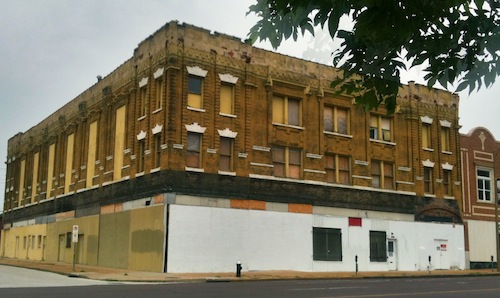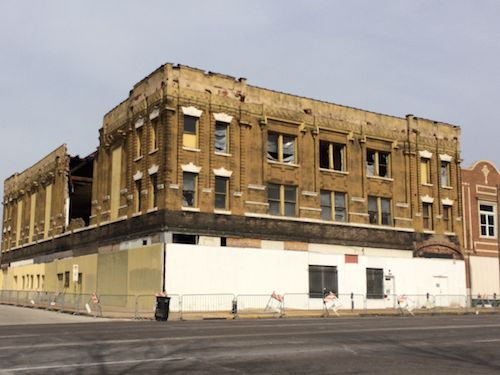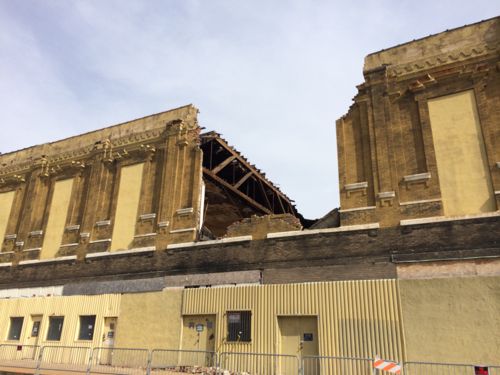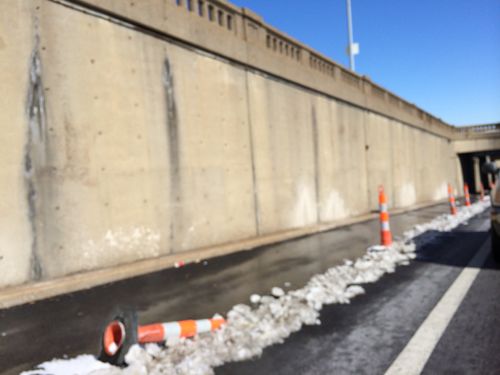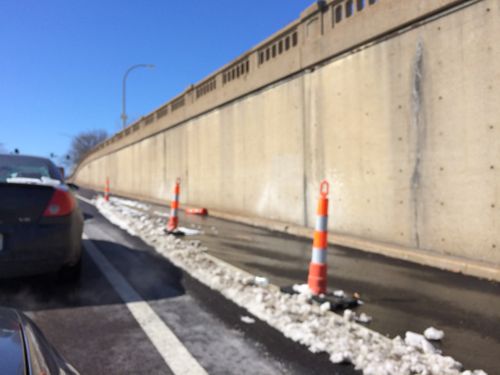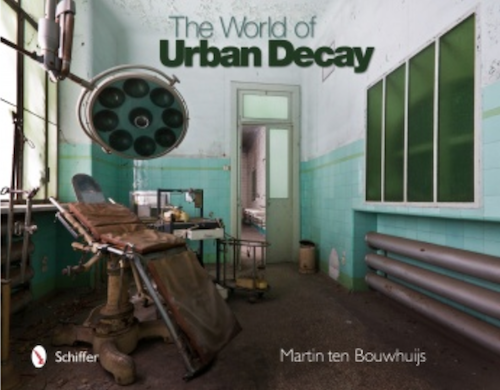In the poll last week readers indicated they didn’t want to change the city charter with respect to the office of President of the Board of Aldermen:
Q: Should the President of the Board of Aldermen be selected from within the BoA or continue as a citywide office?
- Keep office elected citywide 39 [52%]
- St. Louis needs to stop tweaking its 100 year old charter and start fresh 16 [21.33%]
- Aldermen should elect presiding officer from within their ranks 14 [18.67%]
- Unsure/no opinion 4 [5.33%]
- Other: 2 [2.67%]
- abolish the position
- Term limits are more important.
I hoped a majority would’ve selected the #2 answer, to start over with a new charter. Our charter has been changed many times over the last 100 years. Until 1981, the President of the Board of Aldermen salary wasn’t much more than each of the 28 Aldermen.
Mayor Conway succeeded in getting voters to lift the $25,000 salary limit that had been contained in the city charter. Some saw the salary cap as a hindrance in recruiting and retaining highly qualified civil servants. (Wikipedia)
After the charter was changed to lift the cap, the president’s salary was given a big boost from the roughly 10-12% premium over the alderman’s compensation. Tom Zych was president for two terms (1979-1987), followed by Tom Villa, Francis Slay, Jim Shrewsbury, and now Lewis Reed. Zych’s 2nd term was the first with the higher salary.
I think our structure deserves at least being examined. Perhaps we’ve got the best possible charter, but we won’t know until we compare to alternatives.
— Steve Patterson

